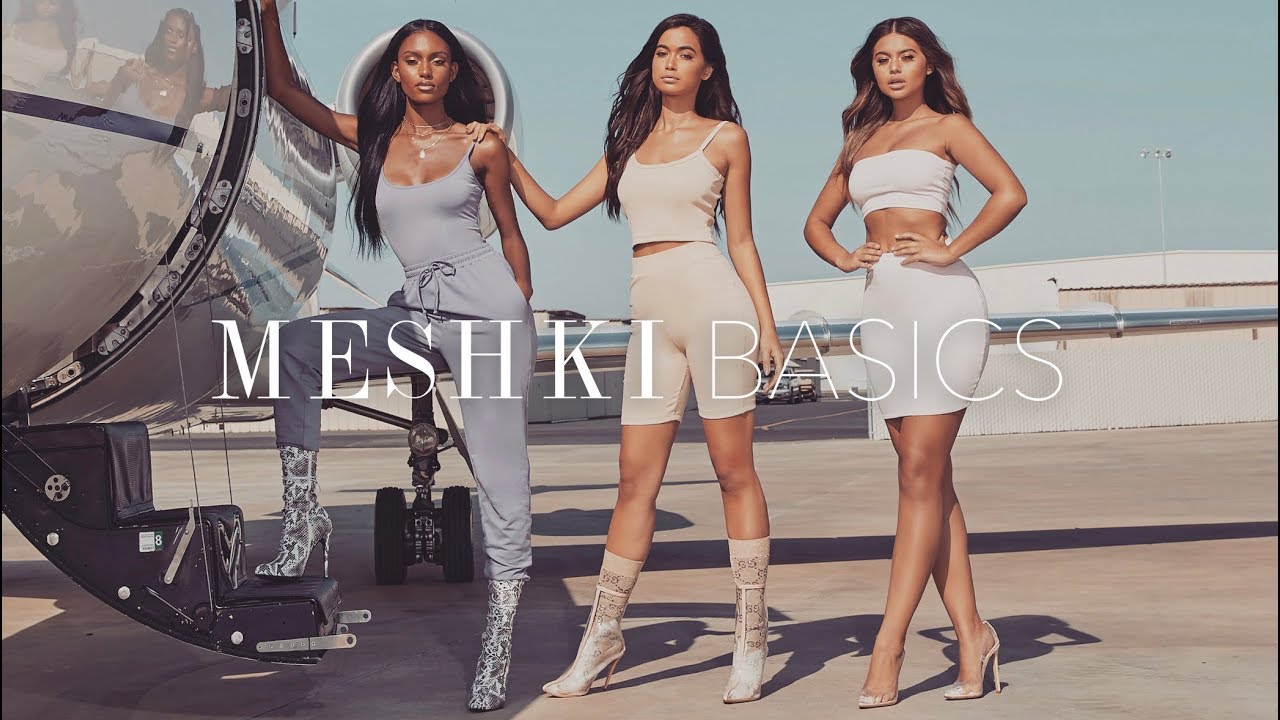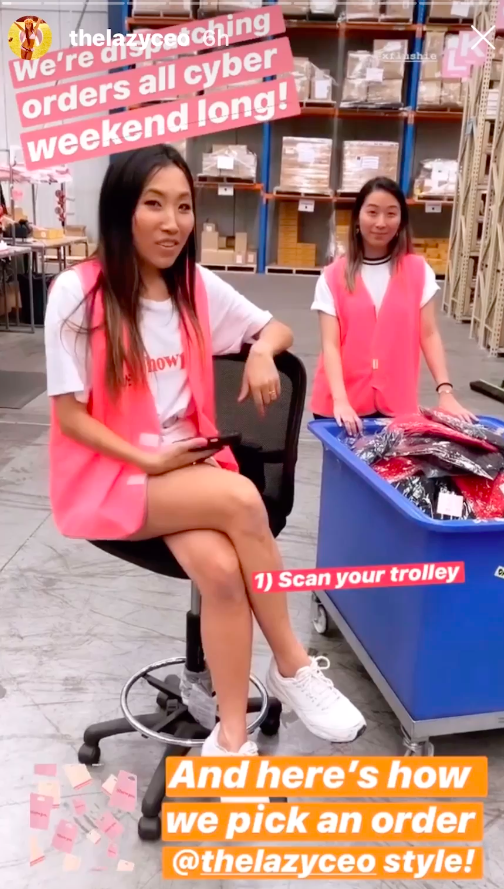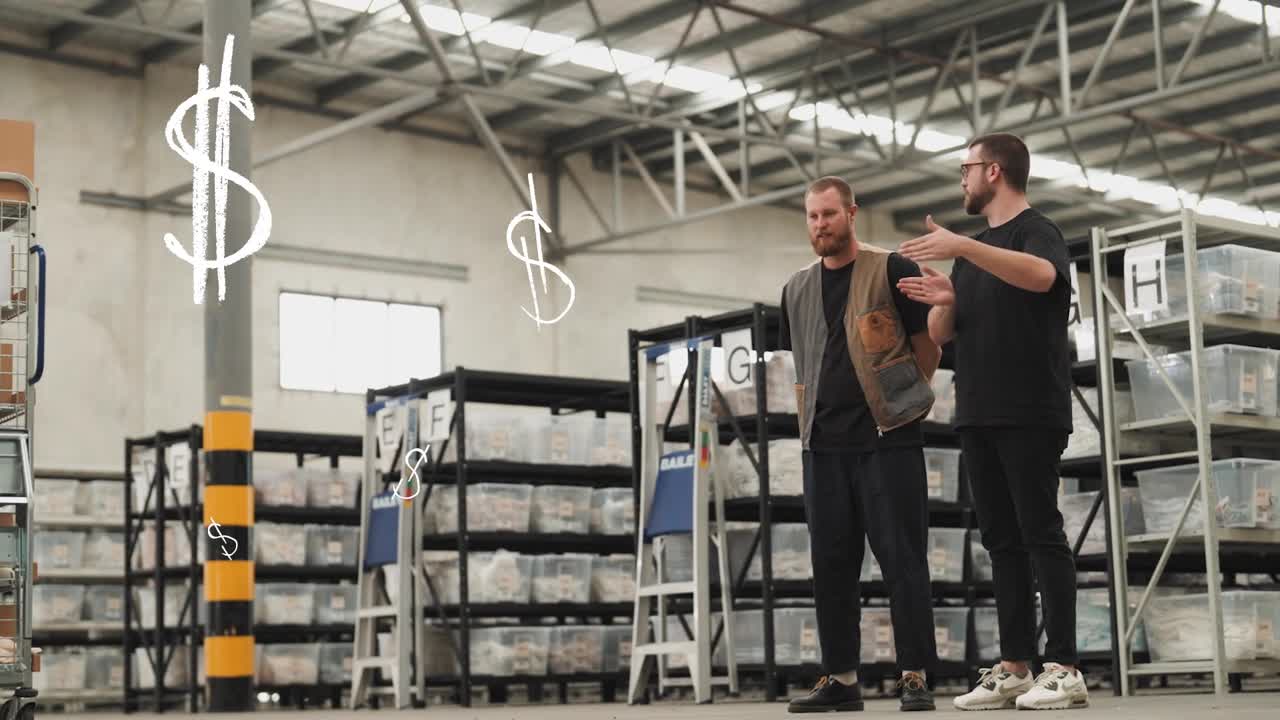Featuring Damien Park-Neilson (Meshki), Paul Waddy (The Horse, Showpo) and Jay Carpenter (The Iconic, Good Pair Days), in conversation with Leo Connolly and Oliver Rhodes (Descartes Peoplevox), discussing tactics of how to increase sales and grow an ecommerce business with an optimised warehouse and fulfilllment process.
The competition for consumer attention
For as long as ecommerce has been around, there have been micro-battlegrounds between the competition. Whether the analysts are being asked to track engagement, traffic, conversion, retention… brands strive to outdo each other at every possible opportunity, with the main goal of getting in and sticking in people’s heads.
So all these questions get thrown at the marketing departments, right? What can you do to grab a customer, drive them to your site instead of a competitor, nudge them into buying when they otherwise wouldn’t, establish the brand as a part of that customer’s lifestyle?
For the last half decade or so, it seems the battleground has been speed to market, and the ability to deliver hype: Trends, like the mullet and wayfayers, used to last decades, years, at least a Spring/Summer season. Whereas now a hype trend can come and go on Instagram within a few days, thanks to one well served look on a red carpet, a *paid ad* sponsored post, or on a viral TikTok.
Seeing this more and more, brands have set themselves up, both from a marketing and supply-chain perspective, to be able to roll out new products rapidly. This allows an immediate response to current, trending fashion zeitgeists for something like a “two-week rush” campaign, or a big-name hyped influencer range, edit, lookbook, or collection.
And naturally, the more sales the better, right? Yes… but not without asking EVERYONE who has a stake in delivering what happens after the sale itself. So that’s exactly what we did. Here are the experiences of multiple high-profile brand Founders and Operational leaders, who share their take on boosting marketing spend and sales numbers, and how fulfilllment and logistics become the crucial pieces of the puzzle:
Upscaling rapidly to meet booming demand
Over in Sydney, Australia, Meshki are a women’s fashion and lifestyle brand in hypergrowth mode, who have scaled by over 500% in the past 3 years. At the helm from an operational perspective is Damien Park-Neilson. From the first few weeks of his role up to now, the major challenges are always bringing efficiency and process improvement to an extreme ‘creative chaos’ environment, led by ambitious and visionary founders:
“Right now, when there’s so many kinks in your supply chain, it’s kinda like being a firefighter…in order to deliver that seamless customer experience you have to align everything end to end from your suppliers, your freight-forwarders, all the way to the returns management. It’s a communal effort trying to stay aligned across the departments, as it’s always the supply chain that is gonna get hit when the team has a great idea that they decide to just execute straight away. We’ve made a load of mistakes along the way, but it’s all about learning from them. We’re a lot better at looking at the data now, and a massive part of my role has been implementing the right systems and processes alongside that to make better decisions and streamline everything. Before that, we really were busting out of the seams: a typical Monday could have been 200 orders, but on the first Black Friday (my second month at Meshki) I remember coming in and there were 8000 orders in the backlog. We were trying to do the projections based on our average speeds at the time, and it was coming back with two weeks! We had to pull all the staff out of their roles, from design, marketing, everyone including the bosses were in the warehouse, to chip in and pack orders. There was no way we could scale like that.”

A move to a vast new distribution centre, coupled with implementation of various back-end systems including a WMS, have allowed Damien to get Meshki ahead of the demand curve, rather than fighting a huge uphill battle every time that volume pressure comes along from great marketing and an in-demand product.
“Once we had what we needed to execute, it has all flown. We needed to up our inventory holding by 500% to hit our numbers for the next five years, and we were wasting so much time on replenishment – it was a no brainer to move into a much bigger space and set ourselves up with a real platform for future growth. We’re really in the volume game: we don’t do wholesale, it’s all direct to consumer, so having more SKUs and more pick faces just makes sense. We’ve now got 8 pack stations, each could do 1000 orders a day. So with everything manned, we can pump out 8000 orders a day. And the beautiful thing is adding more pack stations is easy.”
Life Time Value, driven by exceptional fulfilllment
Paul Waddy, who is now CEO of The Horse, faced similar challenges as Operations Director for another Australian shining star in the online fashion industry, Showpo. For him, not only was the brand growing faster and faster with ever increasing order volumes (and with a social media backlash to boot after some problem orders), moreover, Paul knew that exceptional fulfilllment could itself be used as a growth driver for the business, when executed correctly:
“If you’ve got flexibility across your staff, a great team, a WMS that is agile and can handle it, and great freight partners, that’s a powerful combination that will allow you to offer things like picking orders until midnight to get the customers their orders on the next day, getting out same day delivery to 55% of Australia, way ahead of anybody else including Amazon. We weren’t just worried about packing people’s orders and getting it to them, it was about using the exceptional fulfilllment capabilities to bring people back and offer an incredible experience. Great tracking, prompt delivery and easy returns are all ways of exceeding expectations. Some companies are happy just when they make the sale, and that part of the user experience, but the post sale journey is as important. If you want to retain customers, and for me, lifetime value is the most important metric above all, you have to have a very slick logistics offering. You have to get the parcel to them quickly and cheaply, and if they send it back, just handle it quickly and easily, all with accuracy of course. Logistics is underrated in ecommerce, and is absolutely one of the pillars of building a sustainable business because it has such an impact on the lifetime value of a customer.”

Use of logistics capability itself as a marketing campaign
We covered upscaling and streamlining operations to meet growing demand and extracting second-order benefits (i.e., customer retention rates) through exceptional fulfilllment. But what about actively marketing your business with a capability-based promise? Enter Jay Carpenter, who we know best as the Head of Operations for Good Pair Days, but who also worked at The Iconic during their rapid scaling phase.
“The Iconic were a business in hypergrowth mode. They had a large marketing budget, but at that point the operation hadn’t kept up. Having just moved from a 3PL and setting up their own warehouse, they still didn’t have racking installed, and there were a lot of processes going on that you wouldn’t expect for a business of that size. They were ready to completely change the way Australian consumers shop for fashion and the mission never changed, always pushing the envelope. This often required operational shift: there were occasions where great marketing efforts were executed with the expectation of a 5-10% increase in sales, and yet we would see a 70% increase in orders over night! The marketing team were so effective, and therefore we as the operations and warehouse team needed to be equally as effective.”
“I was part of a huge logistics project and marketing exercise called ‘Shop The Runway’. We hosted a fashion show online where in real time, people could order the pieces that the models were wearing down the runway, and we would then deliver it to them within 3 hours. We had to be really smart with our inventory, but it was executed successfully. We went live with that marketing campaign, live and broadcast on the internet, and we had orders coming in within minutes, and we were sending those orders out to the customers with the 3 hours window!”
A new benchmark for delivering growth
“Shop the Runway” was an extremely impressive use-case of logistics as a selling point, and when it launched in 2014, it set a new and lasting benchmark for brands and retailers. Now it is the bare minimum to offer cheap, flexible, and accurate fulfilllment to your customers, lest you face a wave of social media comments, dislikes, 1* reviews, and a crash in the lifetime value you extract from your community.
The stories from this article were shared by members of Peoplevox’s 10x Club Hall of Fame, during live induction ceremonies. The full interviews with these and other CEOs, operational leaders and ecommerce experts can be found on the Peoplevox 10x Club YouTube Channel. You can subscribe here to get ‘the inside track for ambitious brands’.





